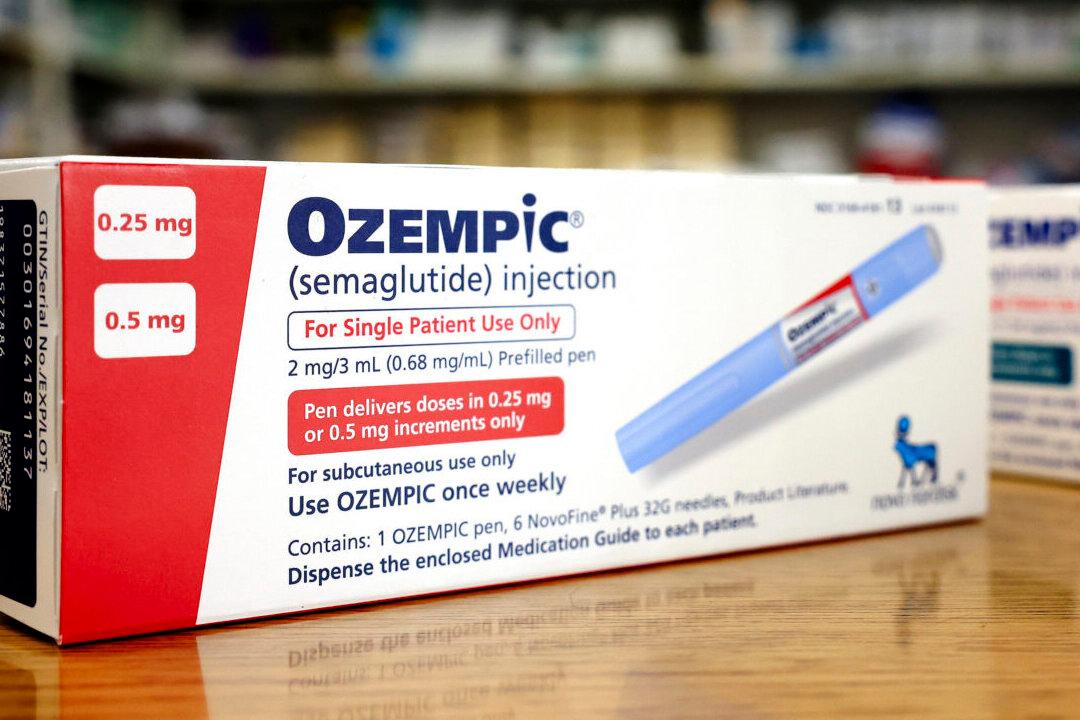According to a new report, charter schools are around 41 percent more cost-effective, provide 58 percent greater return on investment, and yield higher test scores than traditional public schools.
The report (pdf)—“Still a Good Investment: Charter School Productivity in Nine Cities,” released Nov. 1 by a research team based at the University of Arkansas—examines cost-effectiveness and ROI in the cities of Camden, Colorado, Denver, Houston, Indianapolis, Memphis (Shelby County), New Orleans, New York, San Antonio and Washington. The report concluded that not only do charters provide better education, but they also provide greater lifetime earnings per education dollar spent. In addition, the charter schools in the nine cities studied serve a higher percentage of students in poverty than their traditional public school counterparts.
The primary difference between charter and traditional public schools is that charter schools offer a different curriculum and operate independently of government regulations. According to the latest data from the National Center for Education Statistics, there were around 3.7 million students enrolled at almost 8,000 public charter schools between 2020 and 2021, accounting for 7.5 percent of all public school students in the United States. That’s up from 6.8 percent in the 2019-2020 school year.
Charter school enrollment more than doubled between 2010 and 2021, going from 1.8 million to 3.7 million students, an increase of 1.9 million students. Conversely, traditional public schools lost 2.0 million students during the same time period, falling from 47.4 million to 45.4 million students. While attendance at public charter schools increased between 2010 and 2021 from four to seven percent, attendance at traditional public schools decreased by four percent.Across the nine cities studied, researchers found that charter schools produce higher student achievement gains per $1,000 funded than traditional public schools.
As measured by the National Assessment of Educational Progress (NAEP), charters average 4.4 points higher in reading than traditional schools, making them 41 percent more cost-effective in reading. Of the nine cities studied, Camden (103 percent), Indianapolis (76 percent), and New York City had the highest average of cost-effectiveness for charter schools in reading.
In math, charter schools scored an average of 4.7 points higher per $1,000 funded, making them 43 percent more cost-effective in math. The same cities—Camden (102 percent), Indianapolis (78 percent), and New York City (28 percent)—had the highest average advantage in cost-effectiveness in math.
Charter schools also provide a greater ROI when it comes to a student’s lifetime earnings. On average, each dollar invested in a student’s schooling in a traditional public school yields an average return of $3.94 in lifetime earnings. Investing that same dollar in a charter school, the student receives an average return of $6.25 in lifetime earnings, translating to a 58 percent higher return on the invested dollars over the course of a 13-year education.
In conclusion, the report states that “charter schools tend to demonstrate greater efficiency on both metrics of cost-effectiveness and return on investment, using fewer dollars to achieve better outcomes, relative to TPS.”





